Discover the Marwari horses from India
By: Krishnapal Girvar Singh Posted: 17/09/2021
Ampascachi sonly offers horse riding holidays in Argentina.
Horse culture is part of Argentina’s traditions.
Exploring this country on horseback is an unforgettable experience.
Krishnapal Girvar Singh, from Kutch Classic Rider Camp, talks in this article about this special breed – the Marwari horse.
Thanks to his experience, he knows the horse breeds of India very well, especially the Marwari. Several generations of his family have bred and trained this breed and he continues this tradition today, offering horseback safaris in Kutch, in the state of Gujarat, on the west coast of India.
So, don't miss Girvar Singh's article on Marwari horses.
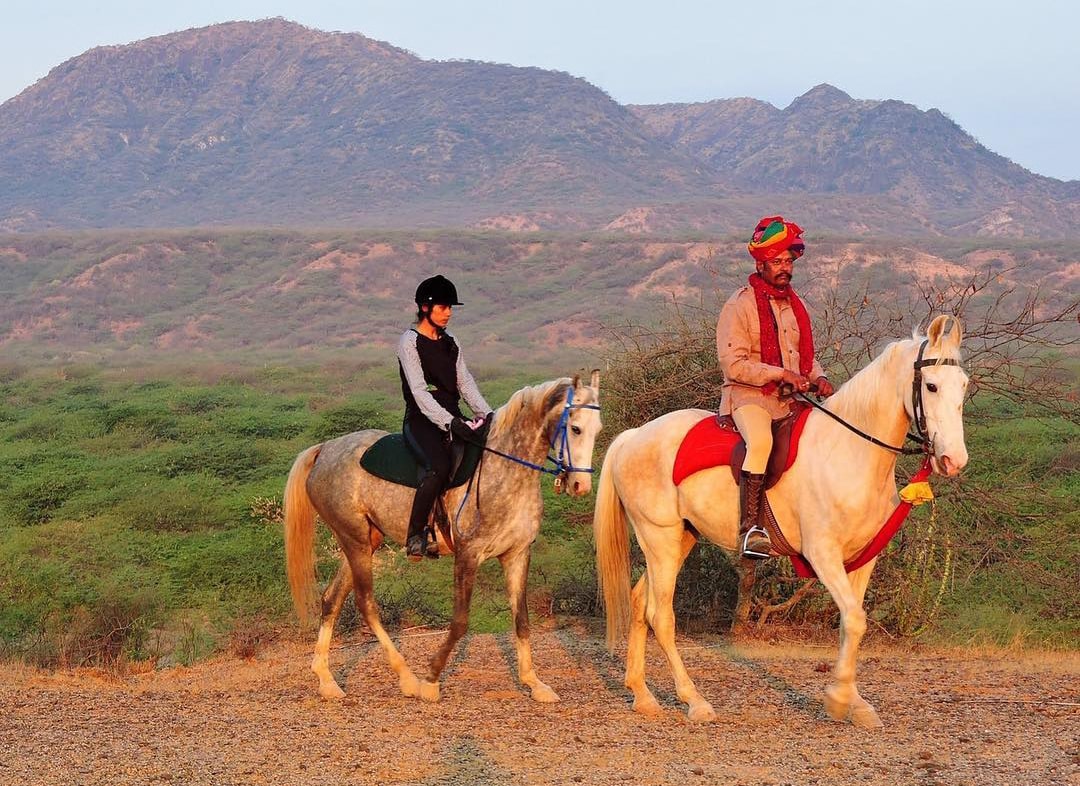
Girvar Singh tells us about his first experiences with Marwari horses
Amidst the far-flung deserts of western Rajasthan, in the serene countryside lies Balau.
The area was a gift that our ancestor Masurji Ashiya received during a hunting expedition of the prince of the then Marwar state, in return of the magnificent mare he gave to the prince. The total area was about 5000 acres, the revenue of which amounts to millions in today's context.
Till 50 years ago, it was a common thing to have a horse in every household of the village. And there used to be around 55 to 60 horses present in the village. With time, the number fell down to less than 30, and was limited to just one family, ours.
I have had a knack for these magnificent creatures since I was a kid. And when I went off to college, they kept calling me back home. The fascination was such that sometimes, even if I had to stroll down the 15 km long wilderness-filled way from the bus stop to my home, it felt nothing. My father being a military officer, made this passion of mine even stronger.
Presently, the Marwari horses have very well maintained their respective hereditary prestige. The main lines being Taajan, Bodli, Kesarmani, Lachhan, Buli, Phoolmaal, Waangli, etc.
In present times, they are used mainly in riding, sports, safari and traditional marriages, although horse breeding still has a kind of royal status, here in our area in particular and the country in general.
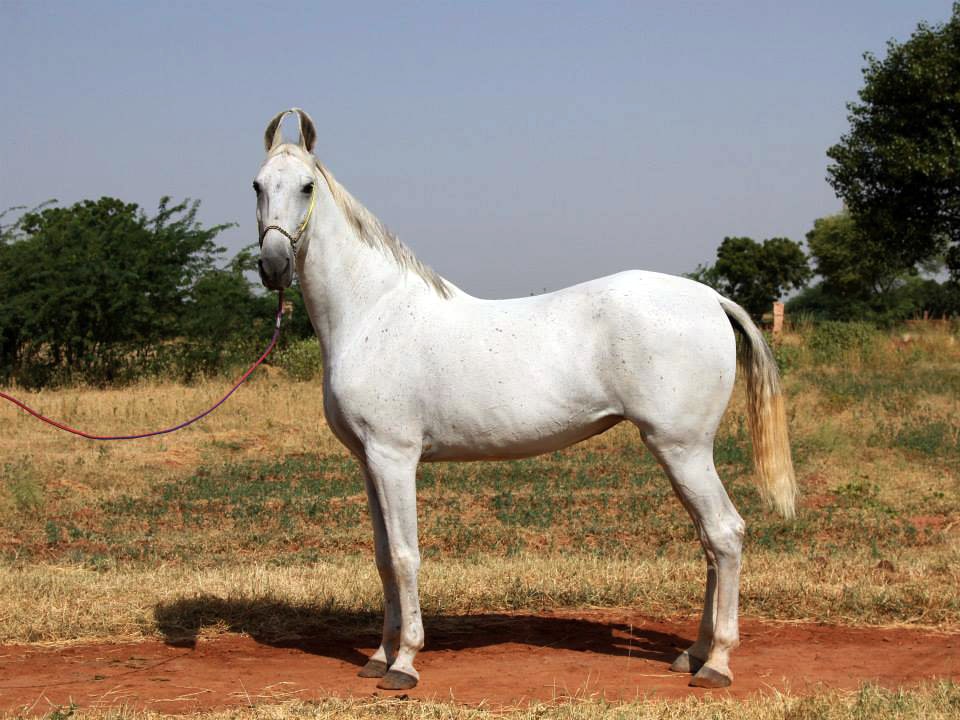
Would you like to be part of a group with an equestrian soul?
Join the Ampascachi Community. Obtain exclusive benefits for your holidays.
We tell you how to start, train and take care of your horse.
Interviews with direct providers of riding tours around the world.
Opinions of outstanding equine scientists and personalities in the equestrian sport world.
Origin of the Marwari breed
The Marwari horse is one of the oldest horse breeds in the world. If we talk of rare breed DNA, it stands tall in the 15 oldest breeds. In fact, one can see a lot of similarities in the Akhal-Teke and the Marwari breed.
The Marwari strikes a balance between the characteristics of the Indian Kathiyawadi and the Sindhi breeds.
The Marwari is a purebred strain, which was brought by the ‘Malaw’ warrior clan to the Malani stretch of Rajasthan. Hence, it’s also called the Malani breed by some. From the Indian mythological tales about the 'samudra manthan' (skimming of the sea), to the remnants of the Sindhu valley civilization, the horse has found a presence.
Braving the odd geographical conditions, this breed survived on whatever few plants were available in the desert terrain of the west.
The contribution of these horses to history is unparalleled. . Be it the horses of the emperor Porus who clashed against the colossal elephants of Alexander, the famous Chetak horse of the valiant warrior Maharana Pratap, who stood tall against the Mughal invasions. All those horses have been the Marwaris.
The troops of Jodhpur Lancers owe their victory to their brave horses in the famous war of Haifa during the First World War.
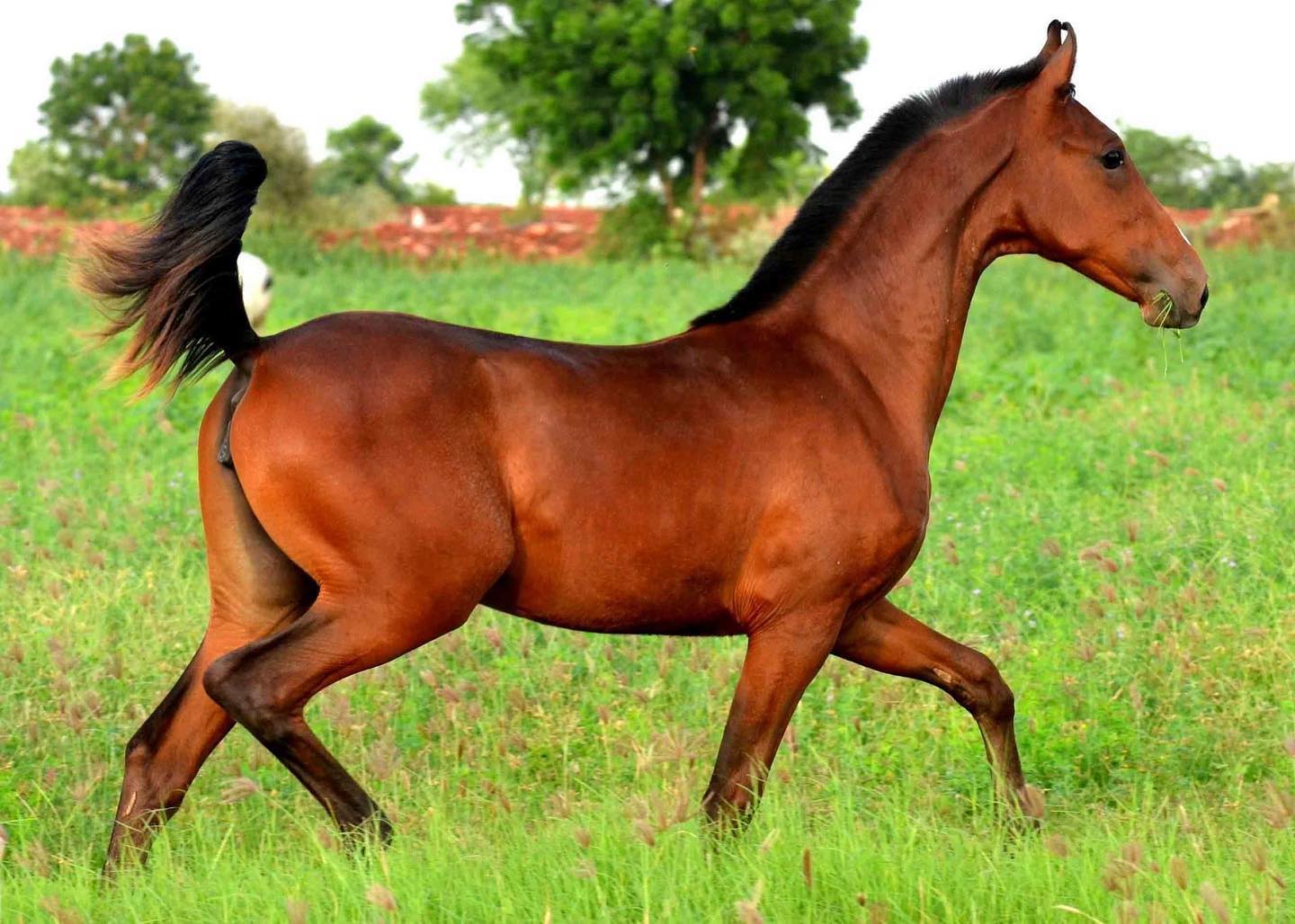
Importance and utility of Marwaris
The importance and utility of these horses can be seen since the dawn of civilization. In the later part, the prestige and power of a king was gauged on the basis of his CHATURANGINI SENA (the four coloured cavalry), which drew its power from the horses only.
- Apart from their valour shown in the battle-grounds, they have been one of the most important means of transport.
- They used to be an exclusive mount of the warrior clans and the men involved in the royal chores.
- The whole system of the postal service was hugely dependent on them.
- Along with that, horses have been an integral part of some religious processions and ceremonies during marriages.
- In present times, they are used mainly in riding, sports and horse safaris.
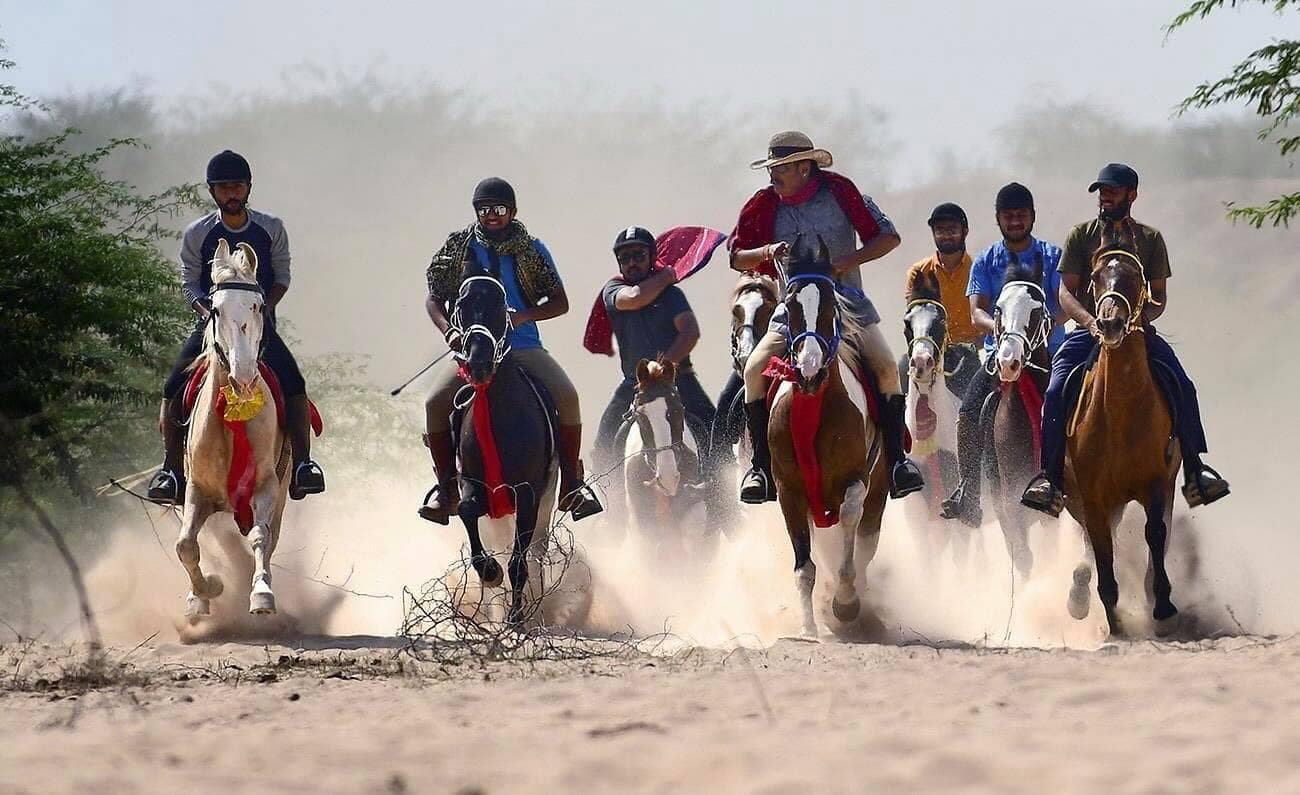
Physical characteristics of Marwari horses
The Marwari horse stands between 15 and 16 HH ("Hands High"), that is, between 152 and 163 cm.
The most distinguished characteristic is is their ears which curve into a perfect arch, and the tips just touch each other. This gives the horse unreal hearing capabilities which alert it and the rider both, about any danger lurking. Hence, they have been used as war horses for centuries.
Big deep eyes, inflamed nostrils, beautifully expanding neck, nicely developed broad open chest, narrow back and long barrel and a raised tail are some of the few striking features.
The shoulder bones aren’t much slanted when compared to other breeds, and this particular feature actually helps the horse to quickly get the feet out of the sand, and hence, travel long distances in the desert without breaking a sweat.
If we talk of colours chestnut, bay, dark bay, grey, blue are the colours seen mostly. Because of the cross bred blood, a Nukro (pure white horse) isn't considered to be a Marwari.
The temperament of Marwaris
The Marwari is a sensitive, active and hot blood horse, whose loyalty to its master is phenomenal. The steady moves during the din of the marriage ceremonies with fireworks, is a perfect testimony to that.
Because of the great capability to learn and respond to commands, these steeds are considered one of the best to ride. For the endurance races of 40 to 120 km, this breed is an ideal one.
In the training centre, these horses are used in Tent Pegging, Dressage and Jumping exercises. Barring the sport of Polo, these animals can chew almost everything that's thrown at them. They are built to survive extreme heat and cold. The kind of temperament and character a Marwari possesses, it's a rarity to be found elsewhere.
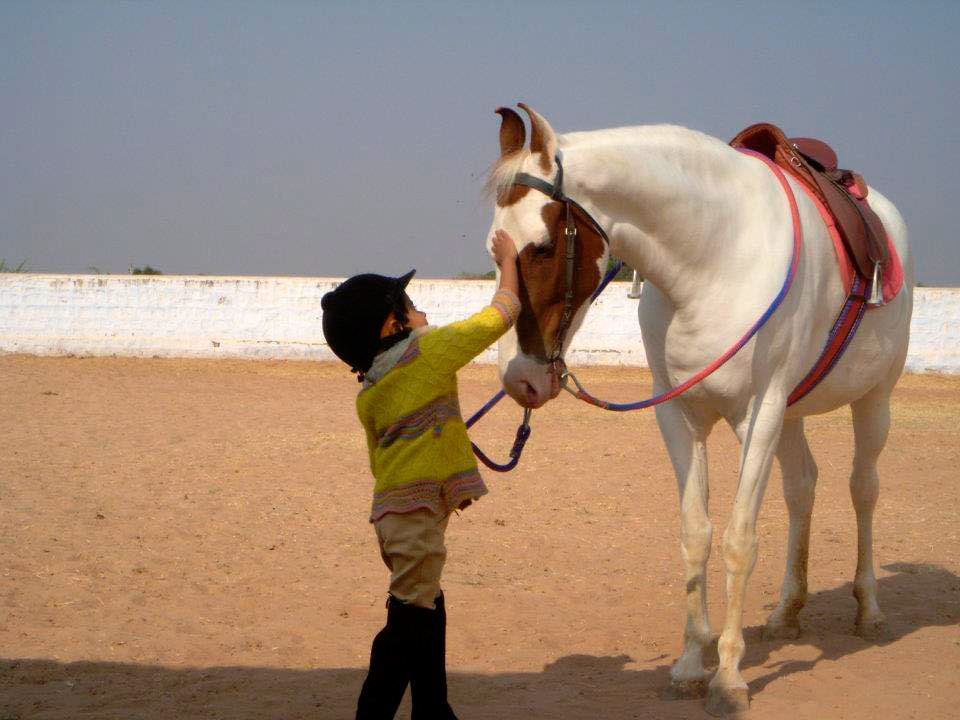
Marwari breed improvement
A stable of 30 Marwaris is being run presently, which has stallions of two different bloodlines. We welcome around 10 new young members every year and the breed improvement programme is continuously picking pace.
As members of the Marwari Horse Society and the Indigenous Horse Society of India (IHSI), we participate actively in the breeding programmes. A total of ten locals also get employment there as well.
Subscribe to the Ampascachi Community and obtain benefits and exclusive content. Furthermore, we offer free advice on horses and equestrian tourism.
The training of Marwaris
A Marwari horse depends on the mother's milk and natural grazing till 6 months of age. After that, it roams around in an open barn, slowly building the basics of its physique.
After 2 years, it's taken in the preliminary stage of training, which involves Lunging and Walk-Trot-Canter.
The training goes on till it's two and a half years old in the rural areas, and three years in our training centres. At many places, a horse is also taught some dancing skills, which comes handy during the marriage processions.
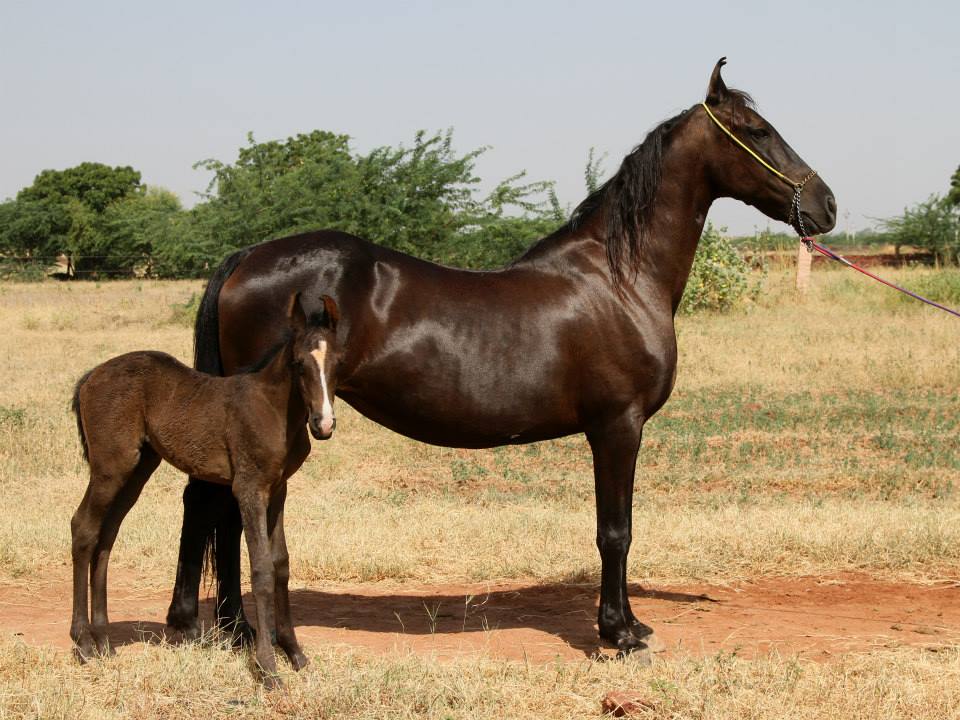
The present situation of the breed
Today, among the main challenges that this breed must face, we could say that urbanization is the major threat to its survival.
Fleeing of the people from the countryside to the cities and the youth losing interest in cattle rearing and agriculture are one of the few to be pondered upon.
In the rural areas, there are little to no facilities for animal rearing and veterinary care. This has a direct toll on this exotic breed.
Governments still consider horse breeding as not agricultural animal husbandry, but as a trait of the wealthy, which acts as a blockage for government policies and expenditure for this field.
Although institutions like The Marwari Horse Society of India have started registration drives for these animals, which helps in maintaining a record, which in turn helps in good selective breeding practices.
There is a serious lack of awareness and technical education among animal breeders, riders and trainers, which rises as a major hurdle in the way of the conservation and development of this breed.
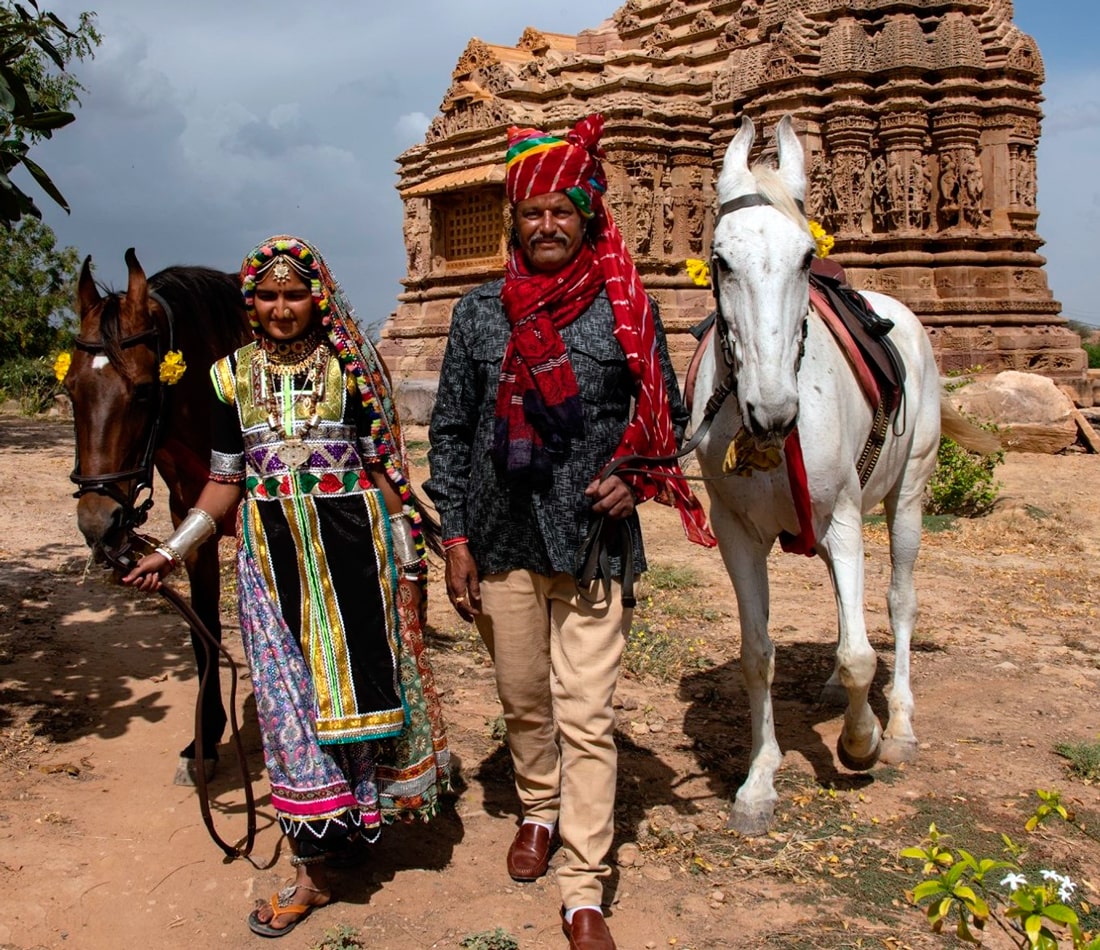
If you want to learn more about the Marwari horse, don’t forget to visit our website https://kutchclassicridercamp.com where we organize equestrian safaris in India with this incredible breed.
/ Photos: https://kutchclassicridercamp.com /
THANKS TO THE AUTHOR
Ampascachi would like to thank Krishnapal Girvar Singh from Krishnapal Girvar Singh from Kutch Classic Rider Camp for this article in which we’ve discovered the Marwari horse from India.
Krishnapal, with this article, helps us to spread the importance of fighting to preserve all horse breeds, avoiding their extinction and ensuring them a healthy and decent life.
Our love of horses knows no boundaries and, with these collaborations, we want to promote equestrian tourism around the world and awareness of the horse world among all our readers.
Would you like to delve deeper into the world of horse training?
Download our free guide on Horse training step by step. There we tell you everything we have learned about horse training in more than 25 years of experience.
And if you want to be a professional horse trainer and get field-based training, you should check out our training program. You will have the opportunity to live in our equestrian centre and experience our full training process with young horses.
~
THIS COULD ALSO BE INTERESTING
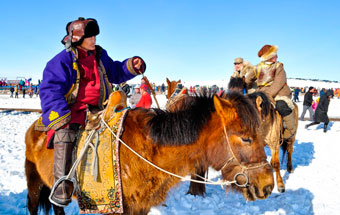
Horse riding in Mongolia, a mythical paradise
In Mongolia the horse figure is a part of their culture, traditions and history. This is the country where the first horses were tamed and where you can live an inspiring adventure.
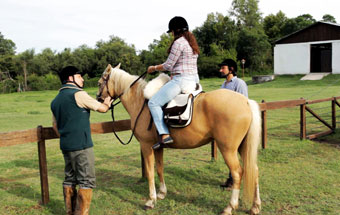
Horse riding safety tips
Tips from Ampascachi’s experts to be safe on the saddle seat. Wear a helmet, make good use of the stirrups and learn good skills to handle your horse.
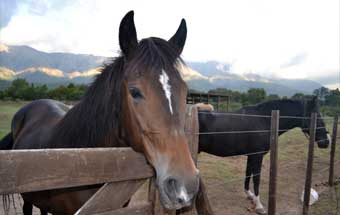
The ideal breed for horse riding holidays
A horse for equestrian tourism must not only be suitable for trail riding tours, but also have smooth gaits and be comfortable to ride. Peruvian Paso horses meet these conditions.
~
WHAT IS YOUR OPINION? LEAVE A COMMENT
Your comments
Very good article. It is always good to learn more about this beautiful animal – the horse. Greetings from Chile.
Planning your horse riding holidays?
Join the Ampascachi Community. You will get exclusive advantages and guidance for your next horse riding holiday.


 German
German French
French Spanish
Spanish
MESSAGE TO OUR READERS
The content creation team of Ampascachi Horse Riding Holidays would like to thank all readers for their feedback about this article by Krishnapal Girvar Singh from Kutch Classic Rider Camp.
At the same time, we’d like to add that, as a rule of thumb, our team will not make comments or value judgments about the content of the article.
In this case, we only post our blog readers’ opinions, whatever they may be, regarding the content of the article, provided that they do not contain offensive concepts about the author.
Thank you again for your comments.